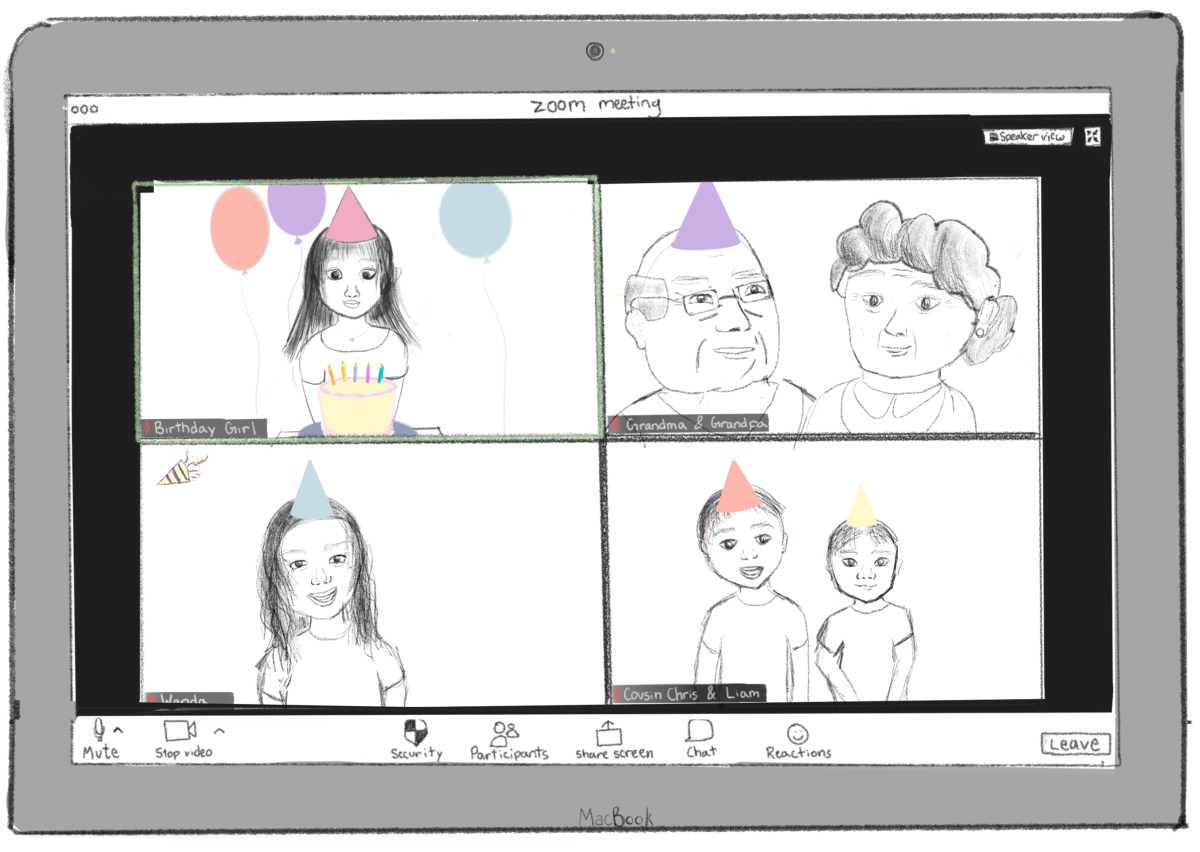Several weeks ago, I wrote a postcard urging a stranger to vote for a candidate in California’s 42nd District, Riverside County — a place I had never heard of. The next week, while my friends wrote postcards for a candidate in Tennessee and then one in Georgia, I spent my lunch reading, not postcarding. The donuts offered to everyone who wrote the requisite number of postcards, I decided, were not really worth it.
This isn’t to say I think postcarding is a bad idea. Encouraging students to engage with politics and the midterm election makes for a more engaged citizenry. But the postcarding at Marlborough has not been about educating the students or the voters. Instead, it has been about promoting specific candidates that the students know very little about.
When I wrote that postcard on behalf of the Riverside County candidate, I had no idea who they were or what they stood for. All I knew was that they were a Democrat, and I was told that if I disliked Trump, I had better write a postcard. The prompt we were given told us to say the candidate stood for democracy and justice, or they would enact common sense gun control, or they were committed to education. Am I a supporter of those things? Yes. But these statements are all incredibly vague, and we do not have the right to ask someone to vote for a candidate the vast majority of us have not bothered to research.
If the point of postcarding is to get us, the student body, engaged in politics, the school is going about it wrong. Threatening us with the oh-so-horrifying label of “Trump Supporter” to make us support candidates, without offering us information on the candidates themselves, is not making us responsible voters; it is contributing to partisanship, and teaching us that all we need to know when we step into a voting booth is which candidate has a “D” next to their name. I consider myself liberal. More often than not, I will probably find myself voting for the Democrat. But we should vote on the issues, not on the party.
It would not be hard to just give us information on the candidates. Take Julia Peacock, the 42nd District Democrat. Give the students information on Peacock and her Republican opponent, Kevin Calvert, and let us make our own decisions on who we support. Perhaps the overwhelming consensus will be to support Peacock, but at that point the support will be based on substance. We have a powerful voice that should be utilized, but it should be a voice powered by research, not donuts.










